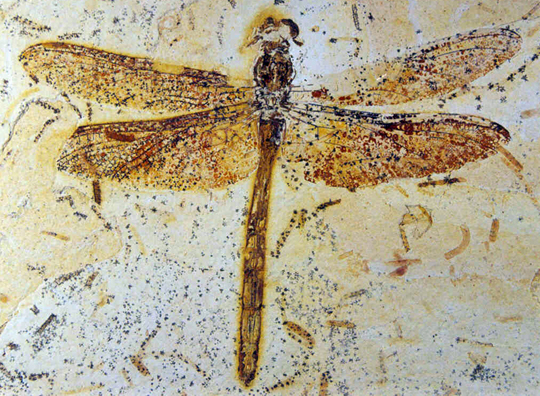Terrible Blow to the Fossil Heritage of South America
The scientific community is beginning to come to terms with the devastating fire that took place last Sunday night (2nd September), that left the historic Museu Nacional located in Rio de Janeiro a gutted ruin. The fire tore through the museum, Brazil’s oldest scientific institution (founded in 1818), media reports state that much of the collection, some 20 million items of cultural and scientific interest have been destroyed. The extent of the loss has yet to be confirmed but it is likely that the majority of the artefacts housed in the building have been lost, or damaged beyond repair.
The Impact of the Fire on the Fossil Collection and Palaeontology
Many of the invertebrate specimens and smaller vertebrate fossils were housed in metal cabinets. These cabinets may have survived the fire but the condition of the fossils inside remains unknown. The palaeontology exhibits section of the museum was utterly destroyed as confirmed by aerial views of the museum building taken yesterday. Fortunately, as Everything Dinosaur understands the situation, a significant proportion of the fish and reptile collections were housed in a separate building and have not been affected by the fire. However, it is likely that many of the unique dinosaur, pterosaur and other prehistoric animal fossils documenting the ancient fauna of South America have been lost to science.
Much of the vertebrate fossil collection was excavated from Cretaceous-aged deposits from the Araripe Basin of Brazil, notably from the Crato Formation which dates from the Early Cretaceous. It is likely that many fossils of dinosaurs and pterosaurs including many holotypes will have been lost as a result of this tragic fire.
One Likely Casualty the Holotype of the Spinosaurid Oxalaia quilombensis

Picture credit: Kellner et al
The Loss of Irreplaceable Specimens
Whilst it is noted, that thankfully, no-one was injured during the fire, this tragedy has resulted in the likely loss of thousands of irreplaceable specimens and artefacts, as well as the research notes, papers, reports and other documents of numerous scientists. The laboratories and preparation areas will have been extensively damaged, this is a real blow for the scientific community of Brazil and their colleagues and counterparts throughout the world.
The Crato Formation is famous for its dinosaur and pterosaur fossils, but in addition, more than three hundred types of insect have been identified, both aquatic and terrestrial species and even magnificent aerial hunters like dragonflies.
A Rare Dragonfly Fossil from the Crato Formation Could Specimens Like This Have Been Lost Too?
Picture credit: Museu Nacional
The Impact on the Pterosauria
The Museu Nacional housed a number of holotype specimens of pterosaurs. Several genera of flying reptiles are only known from the Crato Formation of north-eastern Brazil and their fossils were part of the vertebrate palaeontology collection of the museum. Pterosaur fossils are exceptionally rare and virtually all of the fossil material associated with these genera was stored in the Rio de Janeiro museum. Potential losses include the holotype of Tapejara wellnhoferi, plus other tapejarid postcranial material including wing impressions, the holotype of Tupuxuara longicristatus, a braincase associated with Anhanguera, plus a holotype associated with Nyctosaurus lamegoi.
The Impact on Pterosaur Research May Be Particularly Severe

Picture credit: Everything Dinosaur
The President of Brazil Michael Temer has described the loss of the exhibits, specimens and artefacts as “incalculable to Brazil”. The devastating fire and the subsequent loss of so many items in what was one of South America’s largest natural history collections, made last Sunday, a sad day for the whole of science.
Visit the Everything Dinosaur website: Everything Dinosaur.







If they need a preparatory to save any possible fossils. I’m available